|
I made sauce! It was ok. After watching several YouTube videos and reading a few blog posts (sources below), I felt confident that I knew enough to get started. I certainly will not have 10,000 hours to practice my sauce making, so it was important to start practicing quickly. One of the challenges when making sauce for canning is that there are strict safety guidelines for long-term preservation. The USDA strongly discourages people from canning “any old” recipe, and instead recommend sticking to a carefully tested recipe. Any sauce that is canned using water-bath canning techniques (boiling water) cannot have any oil or meat - those recipes require a pressure canner (higher temperatures kill all bacteria, including botulism spores). Furthermore, the canning process continues to cook the sauce, and so the canning time must be taken into account when deciding where the sauce should fall on the spectrum from “fresh” flavor (short cook time) to “deep, rich” flavor (long cook time). As a first attempt, I decided to try a simple and straightforward approach, and avoid canning altogether. Once I am able to refine a simple recipe, I’ll work to adapt it to preservation. I tried a mix of tomatoes based on the advice of this guy at SeriousEats - as his name implies, he seems to take his craft seriously. He knows what he’s looking for, and is able to articulate how he makes it happen. His recommendation is to make a tomato paste in the oven (low and slow heat) for a deep, rich flavor component, a simpler “base” sauce with a blend of varieties, and a fresh component, cooked only for 10 minutes to preserve the flavor. They’re mixed together just before serving. Various other sources that I found on YouTube and blogs used a wide range of recipes - from canned tomatoes and dried herbs, to artisan recipes with only fresh, organic ingredients, to hearty sauces with peppers and mushrooms. While the tomato garden is growing well, the future sauce fruits are very green and far from ripe. Due to the time constraints of this learning project, I needed to purchase tomatoes for this first learning batch. This is where I learned my first major lesson: all the YouTube wisdom in the world can't make up for mediocre tomatoes. The tomatoes at the local farmer's market beckoned, but there were no plum tomato varieties (also called "paste" varieties, these are ideal for sauce because of their high flesh to water ratio, and few seeds). The supermarket was the next stop, and this was where things went downhill. The heirloom varieties that they offered were fine, but the plum tomatoes were hard and underripe. Although any honest midwestern feller would have scoffed, my simple city-dweller eyes were fooled. While the tomatoes looked sufficient in the store, you can see in the photo above that the pale, pinkish peeled fruits were merely imposters, feigning tomatohood. Without other options readily available, I decided to continue on, knowing well that this was a major compromise. Details will come as my technique is refined, but suffice to say for now that it turned out OK - even with compromised ingredients. I am generally encouraged, and convinced that with better, riper, fresher fruit and herbs, the end product will be substantially enhanced. My next steps are to try a second round with better ingredients, a third to refine the recipe, then subsequent tests to figure out a cooking and canning technique that preserves the flavors that I’ve created. Stay tuned! Resources: https://www.youtube.com/watch?v=Aqh3QfYHyRs https://www.youtube.com/watch?v=hvawBQeGZvU https://www.youtube.com/watch?v=RPKv9jw5Qz4 https://www.youtube.com/watch?v=yn5RtE82RVo https://www.youtube.com/watch?v=moNauSpPhzw https://ask.extension.org/questions/155387 http://foodinjars.com/2010/08/canning-101-why-you-cant-can-your-familys-tomato-sauce/ https://ask.extension.org/questions/421172 http://www.askaprepper.com/canning-pasta-sauce-long-term-preservation/ https://melissaknorris.com/make-can-tomato-sauce-waterbath-pressure-canning/
31 Comments
Our MAET first-year cohort was tasked with building a website (maetymakers2018.weebly.com/), meant to be a resource for educators that are looking for an introduction to the Maker movement with some practical examples of how they could implement activities in their classroom. The goals of the project included the exploration of the Maker movement and Maker-style projects, collaboration on website design and implementation, and the design of an activity and resource page for fellow teachers. The entire cohort was tasked with collaborating on general pages on the site, and we were split into small groups in order to design a specific activity and corresponding page to explain it. My partner and my focus was to create a Maker activity involving Ozobots: small line-following robots that are capable of “reading” colors and reacting to instructions, communicated as particular sequences of colors. We selected this educational technology from a variety of available tools because of its low barrier to entry, immediate engagement (“cool” factor), and the potential for low-overhead creativity and exploration. The Ozobot will follow a line drawn by the included markers, or line maps on included cards. The cards are designed in a sequence that scaffolds skills and knowledge as students work their way through. Color codes can be drawn with markers, and students can also use included color code decals that work in coordination with the included cards, to tell the Ozobots to turn, change speeds, set timers, or move in special ways, such as “Nitro Boost” or “Tornado.” We were interested in designing a teacher-guided activity that would introduce a group of elementary students to the basic functionality of Ozobots, while trying to balance instructive time and creative or problem-solving time. We had an opportunity to prototype our activity, and test it out on a group of mixed-age STEM summer campers at TinkrLab in Lansing, MI (“Smart Toys for Smart Kids”). Without a full understanding of the format of the activity, we tried to create a flexible, primarily self-guided activity. We gained valuable insight into the Ozobot technology and the way that young students intuitively use it. We were surprised by the youngest students’ lack of fine motor skills, which hindered their ability to draw accurate codes. The format of the activity time was fairly casual, and the students had some experience with the technology already, which hindered our ability to gauge novice student reactions to our activity. Nonetheless, we did observe that the students were interested and engaged with the tool, and most excited about the opportunities to solve the “Brain-Teaser” problems or to design their own maps and paths for the Ozobot to follow. After digesting the experience at TinkrLab, we shifted our focus to developing the website. Collaboratively designing and building the site was a challenge. Our preliminary planning took place in a shared Google Doc, in which we were able to outline our page and maintain a running list of outstanding questions. Initial planning went smoothly, but we ran into some bumps in the road when we began to actually build the site. Working with educators who are used to being the primary voice in the front of a classroom can lead to a “too many cooks in the kitchen” situation very quickly. Trying to build the page “live” with input from each of us was ineffective, so we quickly distributed the primary building tasks between the members in order to separate the work. We depended on the built-in themes and styles of the website building tool (Weebly.com) to create a cohesive look and feel for the site. Progress improved when we were able to delegate tasks. My partner and I focused on planning the content and layout of our page in a Google Doc before transferring our ideas to Weebly. I’m heavily involved in the Maker world in my day-to-day work at my home school, and believe strongly in the Maker paradigm as a way to deeply engage students with 21st century content while also developing softer skills, such as creative confidence, collaboration, critical thinking, and problem-solving. I am a Maker at heart, and find tremendous satisfaction in creating physical artifacts that are both beautiful and functional, and in sharing my passion with my students. It is easy to be proud of an accomplishment that not only exists in a student’s mind, but can stand on its own as evidence of creativity, hard work, discovery, learning, and problem solving. Punya Mishra & The Deep-Play Research Group (2012) have explored the idea of creativity, and invented the idea of, “(in)disciplined creative work, (a) meaning that creative work always happens in a discipline or context; while understanding that (b) at the same time, it is indisciplined, cutting across the boundaries of discipline to emphasize divergent thinking and creativity” (p. 15). Some students feel as though they are creative in once discipline but not in others, which is easy to agree with based on their talents and experiences. I believe, however, that creative confidence is transferrable across disciplines, and is fostered by Maker-style projects.
In a best-case scenario, Maker projects are authentic, relevant to the student’s context, and naturally lead the students to the important questions of the educator-chosen topic or concept. Instructors can gently guide, support, and encourage the students as they work to find their own answers and develop their project. As with any technology, we need to be careful not to assume that the Maker tool alone is capable of achieving our educational objectives. We must remain focused on the content and pedagogy in order to build successful lessons. I struggled to find authenticity in this activity, to understand the context of the potential learners, and to properly target the content, since we didn’t have a clear target audience. Ozobots do hold promise as an engaging introduction to programming, but it’s not truly a robotics platform, nor is it a very strong “Maker” tool. There are opportunities for creative play and exploration, but it doesn’t hit the Maker “sweet spot.” Maker tools and materials don’t need to be high-tech or expensive, they simply need to provide opportunities for students to design, build, test, revise, showcase and share their creations. Carefully planned content, pedagogy, and thoughtful educator guidance are more important to a successful Maker project than the tools. Resources: Mishra, P., & The Deep-Play Research Group (2012). Rethinking technology and creativity in the 21st century: Crayons are the future. TechTrends, 56(5), 13-16. Over the past several years, virtual and augmented reality technologies have pushed their way from the periphery of nerdom closer to the mainstream. As the hardware has become more affordable, and software options expand, some educators are starting to explore whether or not these technologies may have a role in education. With my classmates in the MAET program at Michigan State, I explored several new learning spaces in the MSU Main Library, and was particularly intrigued by the VR Lab and the “360” - an circular continuous image projection space. To lay my biases plain, I entered the spaces with an inherent skepticism. While I am a strong proponent of most technology when used intentionally and creatively, I fear that the “iWorld” that we are creating is spreading loneliness and isolation. A VR headset device that physically and mentally shut out the “natural reality” world gives me pause. While it is clear that these immersive technologies are in their infancies, certain applications that we previewed started to break down my predispositions. We explored faraway places with Google Expeditions, saw beautiful and evocative line art animations of a children’s story, and watched a team of designers “walk through” and refine the digital design of an interior space. As cool and engaging as it is to consume content in these ways, the evolution of technology has a way of quickly raising the bar along with it. The excitement and shine of new gadgets gizmos wears off as soon as the next “generation” is released. If we are to explore this technology in education, how can we ensure that we’re not investing time and resources in a fancy tool, simply to consume content in slightly different way that is “cool” until the next thing comes along? Ruben Puentedura is well known as the creator of the SAMR model of technology integration in education (Puentedura, 2006). His model gives us a method of evaluating whether an integrated technology is simply enhancing the experience, or whether it is truly transformational for the learning space. As trendy technologies come and go, it is easy to get stuck in the substitution and augmentation phases. We consume new styles of content on different kinds of devices, but we don’t stretch far beyond the same basic things we’ve always done. By Lefflerd [CC BY-SA 4.0 (https://creativecommons.org/licenses/by-sa/4.0)], from Wikimedia Commons The TPACK model suggests that in order to develop high-level technology integrations (such as Puentedura’s modification and redefinition phases), we need to develop expertise and experiences with our content area, with pedagogical methods, and with different technology tools (Koehler & Mishra, 2008). Expert-level knowledge in certain areas gives people the ability to make connections with little mental effort - often simply noticing relationships or ideas that are otherwise invisible to novices (Bransford, Brown, & Cocking, 1999). This type of sophisticated knowledge, along with the confidence to risk failure by trying something new, can result in a high likelihood of what we might call inventive, innovative, or creative solutions. By resisting the exploration of virtual and augmented reality, I’ve all but assured that I will never discover new and innovative ways to teach my students using this technology. If we as educators resist the “deep dive” into new technologies, and are satisfied to teach with technology of which we only have a cursory knowledge, we are guaranteed the same fate. We preach the gospel of creativity to our 21st century students, but we need to continue to develop our own growth mindset and our creative confidence in order to lead the way. Of their students at Stanford’s “d.school”, David and Tom Kelly (2012) write, “...we’ve learned that our job isn’t to teach them creativity. It’s to help them rediscover their creative confidence—the natural ability to come up with new ideas and the courage to try them out. We do this by giving them strategies to get past four fears that hold most of us back: fear of the messy unknown, fear of being judged, fear of the first step, and fear of losing control” (p.115). If we want to guide our students beyond content consumption with new technology to more meaningful content creation and exploration, we need to get beyond our own fears and predispositions. We can be skeptical followers, waiting for someone to “prove it” for us, or we can be the leaders that are making the important connections between technology, content, and pedagogy that can transform and redefine our fields. In the cliche but wise words of M. Gandhi, “If we could change ourselves, the tendencies in the world would also change. As a man changes his own nature, so does the attitude of the world change towards him. ... We need not wait to see what others do.” References: Herring, M. (Ed.), Koehler, M. (Ed.), Mishra, P. (Ed.), Published by The AACTE Committee on Innovation and Technology (Ed.). (2008). Handbook of Technological Pedagogical Content Knowledge (TPCK) for Educators. New York: Routledge. Bransford, J. D., Brown, A. L., & Cocking, R. R. (Eds.). (1999). How people learn: Brain, mind, experience, and school. Washington, DC, US: National Academy Press. Kelley, Tom & Kelley, David. (2012). Reclaim Your Creative Confidence. Harvard business review. 90. 115-8, 135. Puentedura, R. R. (2006, November 28). Transformation, technology, and education in the state of Maine [Web log post]. Retrieved from http://www.hippasus.com/rrpweblog/archives/2006_11.html I can't claim to have a Nonna, or even any substantial Italian heritage, but I do have an appreciation for a "just right" tomato sauce over fresh, perfectly al-dente pasta. My wife and I go through so much pre-made pasta sauce and salsa each year, that this past Spring, I embarked on a tomato-growing adventure. The picture above captures about a dozen tomatillo plants, nearly 50 tomato plants (half "Amish Paste" and half "Cherokee Purple"), and a handful of hot pepper plants, on a piece of land graciously lent to me by my school. The idea is that the tomatoes will yield an enormous crop - plenty for all the fresh eating we can imagine, and plenty left over for all the cooking and preserving that we have the time or energy to take on.
The potential hitch in the plans is that I've never grown more than a couple tomato plants in our city-sized side yard, and have never actually made tomato sauce or salsa from fresh tomatoes. I'll take on the challenge of learning how to cook and can (mason-jar) delicious pasta sauce for my "Networked Learning Project" - a part of my first year experience in Michigan State University's MAET graduate program. I'll avoid online recipe books (traditional media, just stuck online), and instead focus on the strong opinions and unique experiences of YouTube amateurs and online forum contributors, who I'm sure each believe wholeheartedly that their technique is the one-and-only "best ever." Stay tuned for the inevitable trials and tribulations of Nate's Sauce, v1.0. As the parent of a one-year old, learning is not simply an abstract concept to be studied, but rather a front-and-center daily experience. The world is a brand new place for this little human, and his spongy infant brain is absorbing information constantly, resulting in daily changes and developments. As human beings, we are all engaged in a constant learning exercise. While we may not change as dramatically as my son does from one day to the next, everything that we experience contributes to the bank of information and experiences that we call knowledge.
My son knows what a raisin is. He likes raisins. He has learned what a raisin is because I put them on his highchair tray and I tell him that they are raisins. His understanding of what a raisin is, however, is different than mine, and my understanding of raisins is certainly different than that of the fine folks at Sun-MaidⓇ. Learning facts can take place in isolated moments, but understanding evolves over time as we learn new information and reevaluate our former understanding; a process known as conceptual change (Bransford, Brown, & Cocking, 1999). Thus far, most of my son’s learning has been driven by relatively passive observation, with occasional suggestion from his parents. As he gets older, however, and particularly when he goes to school, he will be engaged in a more formal style of learning. Rather than simply taking in his world and making associations, his teachers will determine certain knowledge and skills that they intend for him to learn. If we (as educators) aim to teach, that is, attempt to induce learning in another - we must understand how people learn, and develop a deeper awareness of the underlying mechanisms of learning, understanding, and conceptual change. In the pursuit of effective teaching, committed educators endeavor to find pedagogical approaches that fit within their cultures and contexts, and maximize the likelihood of meaningfully engaging their students. The growing maker movement is one such approach. Halverson and Sheridan (2014) have explored the maker movement in education, and discuss the research opportunities that it affords. They applaud several related research ventures, saying, “We are encouraged that these pieces begin the research conversation on the maker movement with subtlety, rather than asking whether making is simply “good” or “bad” for learners and instructional environments” (p. 503). As with nearly any teaching method, making can be a successful strategy, but cannot be broadly categorized as a binary positive or negative approach. A pedagogical “silver bullet” would be convenient, but it is simply not practical. Teaching toward learning, understanding, and contextual change typically requires a carefully choreographed combination of teaching methods and styles, which need to be adapted and and often reinvented for different contexts. According to Bransford, Brown, and Cocking (1999), “Asking which teaching technique is best is analogous to asking which tool is best— a hammer, a screwdriver, a knife, or pliers. In teaching as in carpentry, the selection of tools depends on the task at hand and the materials one is working with” (p. 22). Technological tools can play a prominent role in the 21st century toolbox, but the inherent affordances and constraints of the technology must be considered thoughtfully (Koehler & Mishra, 2008). In a program of study that focuses on educational technologies and their integration with content and pedagogy, it is crucial study how people learn. Mishra and Koehler (2009) state that, “Teaching is not a process of picking up a few instructional techniques and applying them. It emerges from thinking deeply about the nature of a discipline in conjunction with strategies for helping students learn that discipline over time” (p. 15). Understanding how students learn is an obvious prerequisite for helping them to learn. If we aim to improve learning outcomes with technology, we must be continuously thoughtful about the ways in which people learn, and how technology can bring students closer to deep learning and understanding. References: Halverson, Erica & Sheridan, Kimberly. (2014). The Maker Movement in Education. Harvard Educational Review. 84. 495-504. 10.17763/haer.84.4.34j1g68140382063. Bransford, J. D., Brown, A. L., & Cocking, R. R. (Eds.). (1999). How people learn: Brain, mind, experience, and school. Washington, DC, US: National Academy Press. Herring, M. (Ed.), Koehler, M. (Ed.), Mishra, P. (Ed.), Published by The AACTE Committee on Koehler, M.J., & Mishra, P. (2008). Introducing TPCK. AACTE Committee on Innovation and Technology (Ed.), The handbook of technological pedagogical content knowledge (TPCK) for educators (pp. 3-29). American Association of Colleges of Teacher Education and Rougledge, NY, New York. Mishra, P., & Koehler, M. J. (2009, May). Too Cool for School? No Way! Learning & Leading with Technology, (36)7. 14-18. |
AuthorNate is the Director of Technology at the Roxbury Latin School Archives
January 2019
Categories |
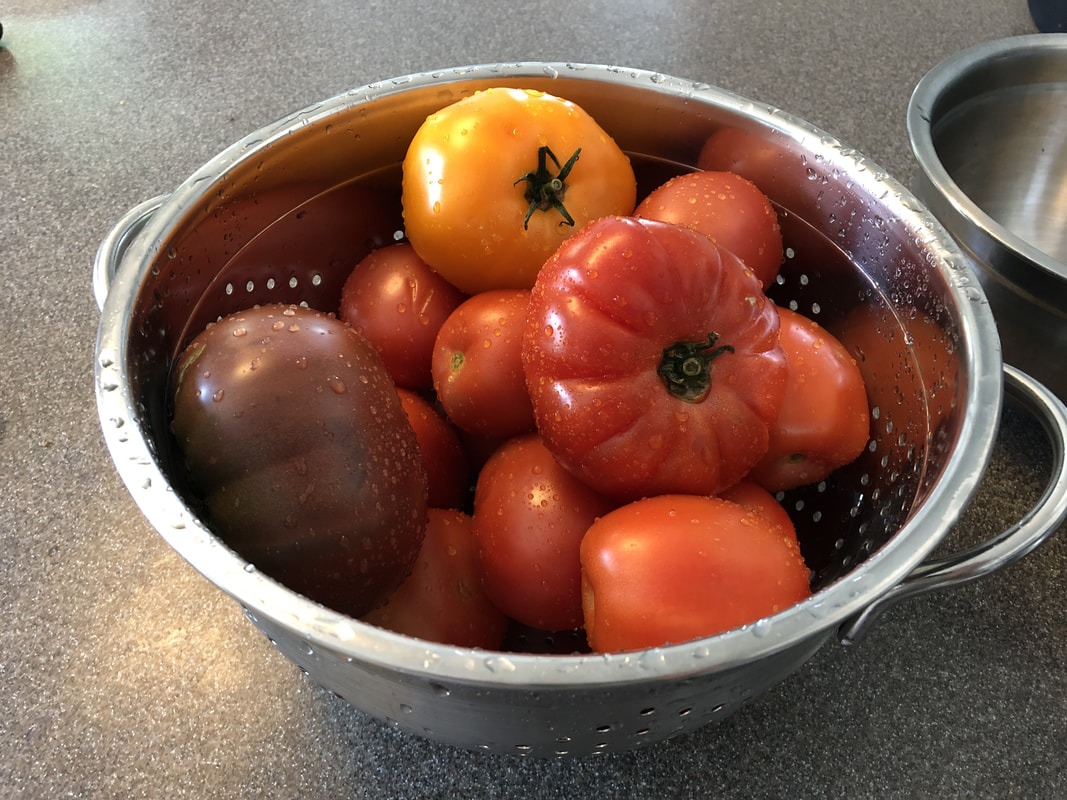
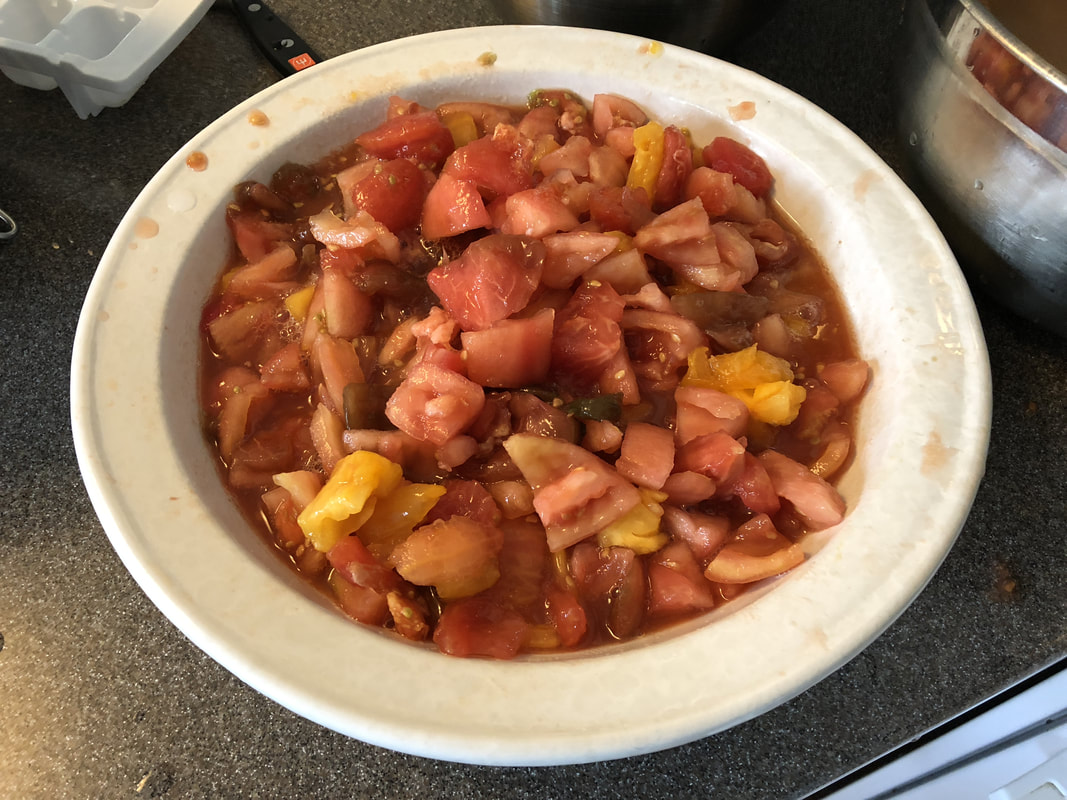
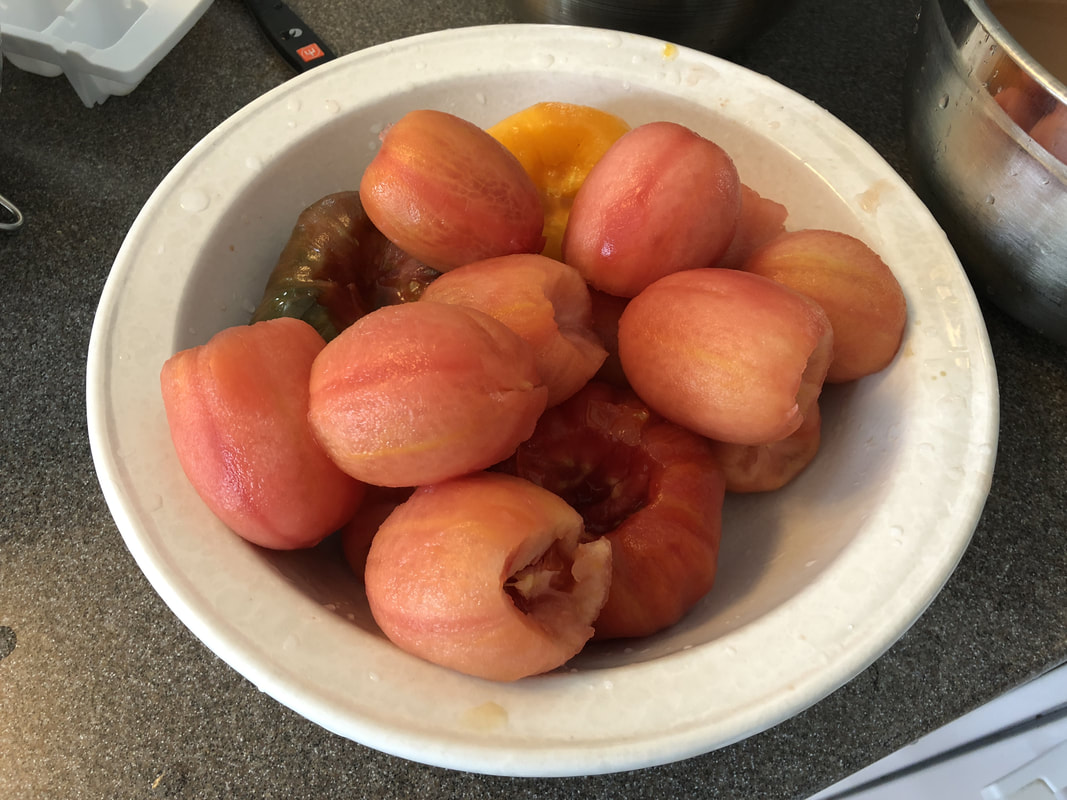
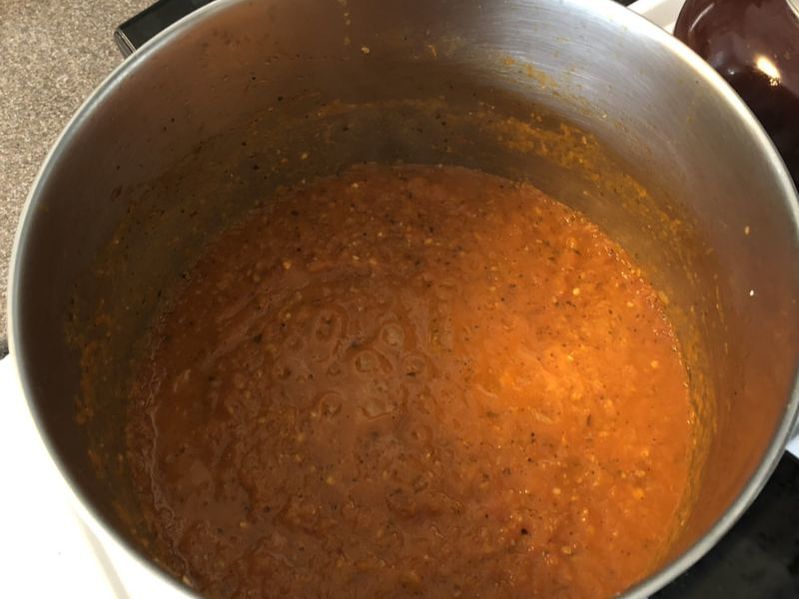
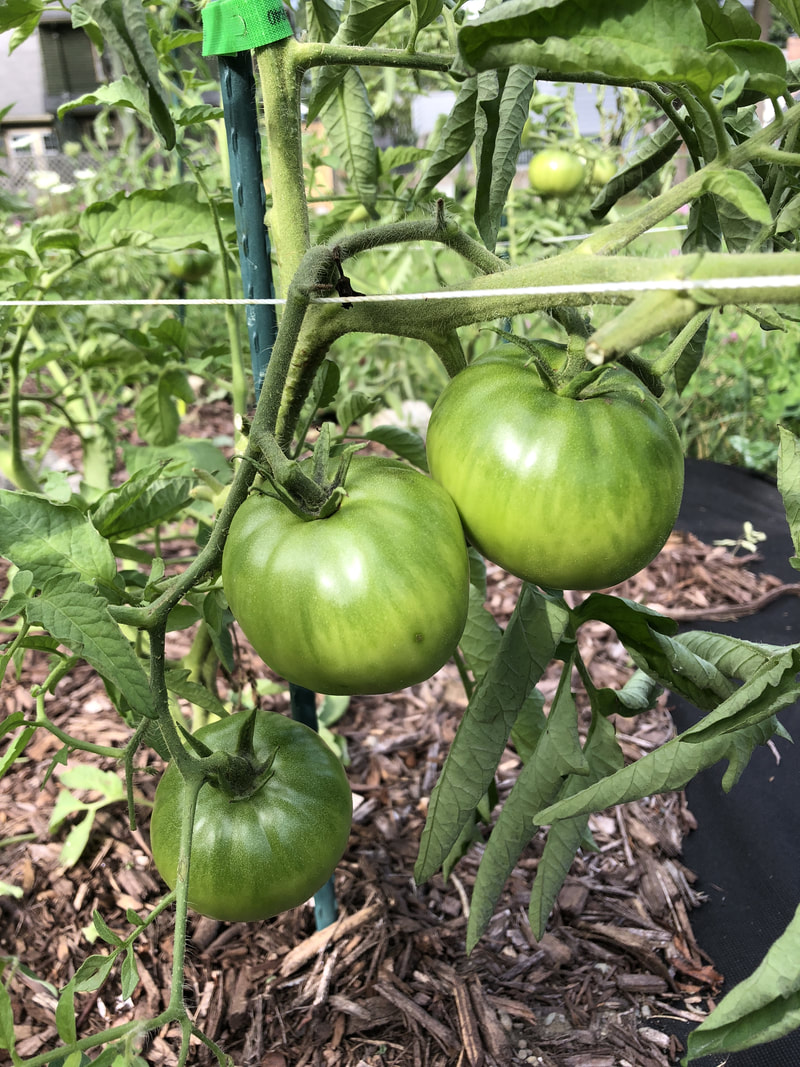
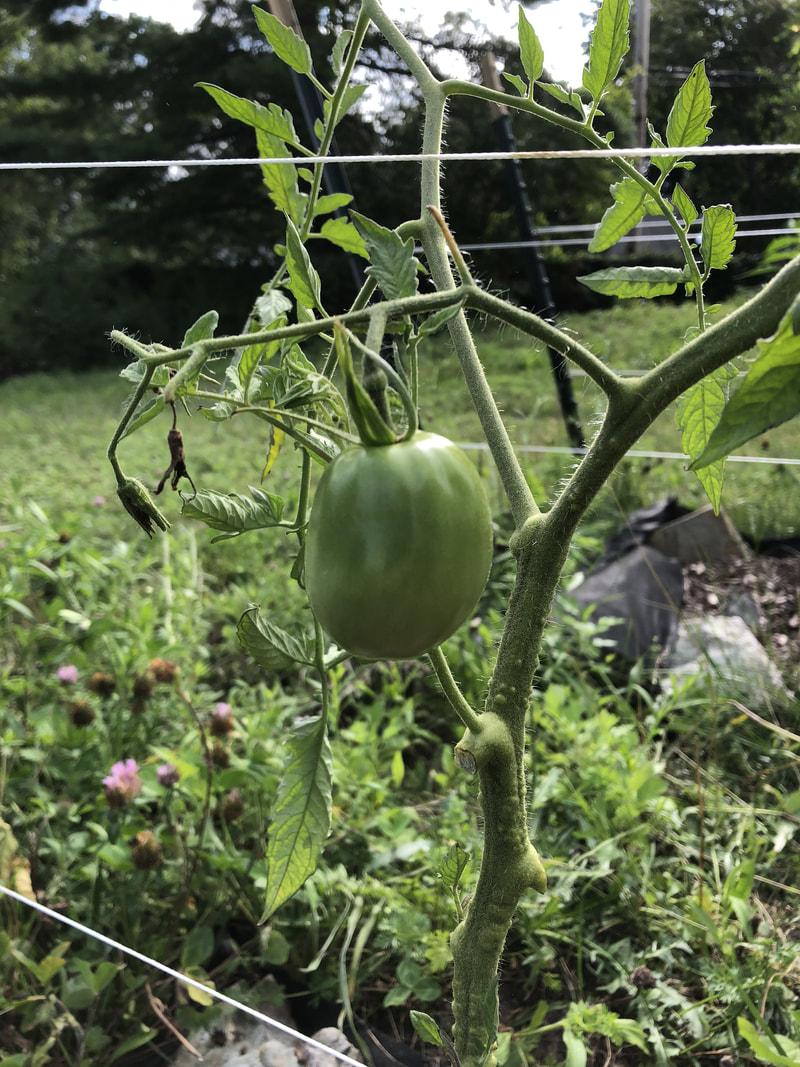
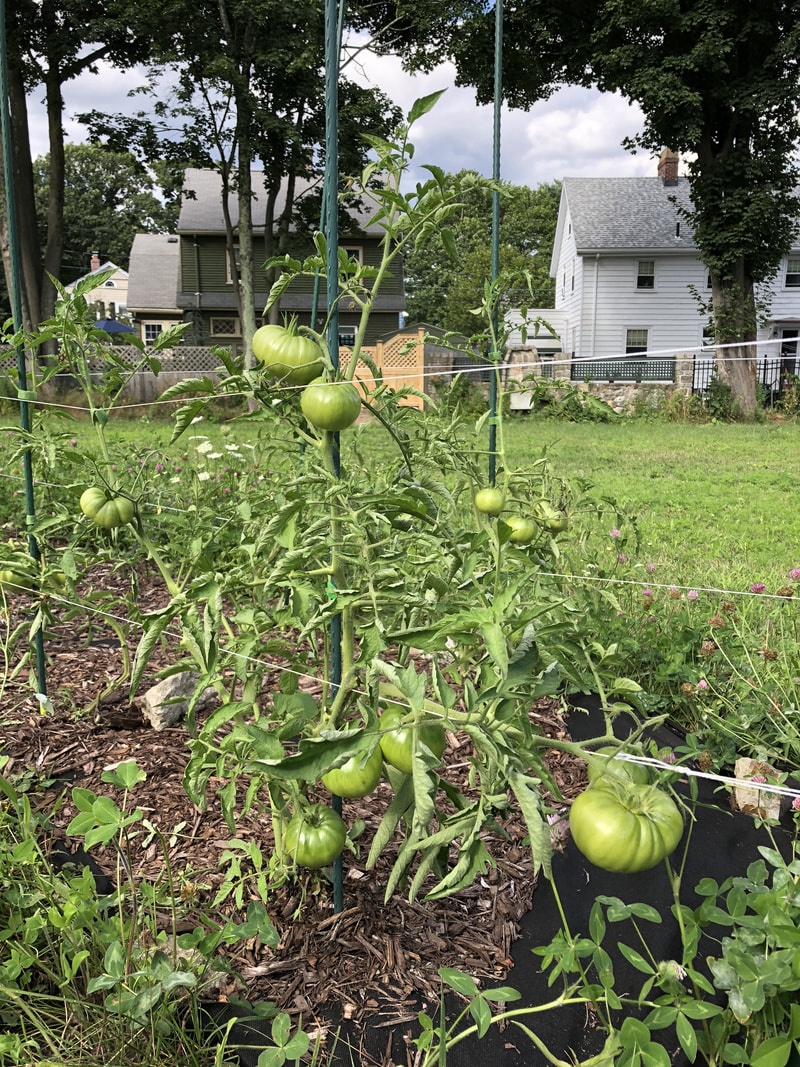
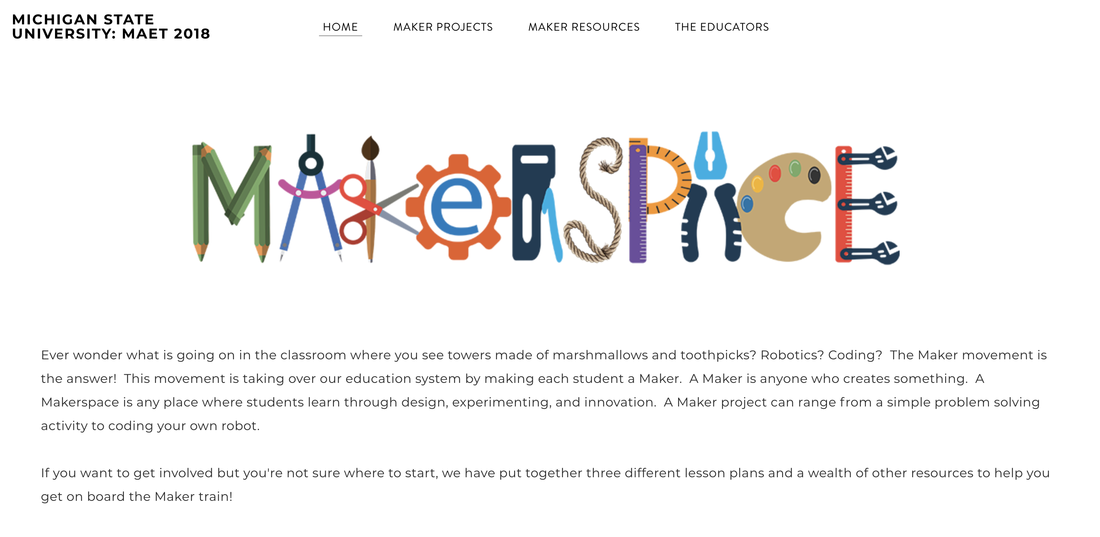
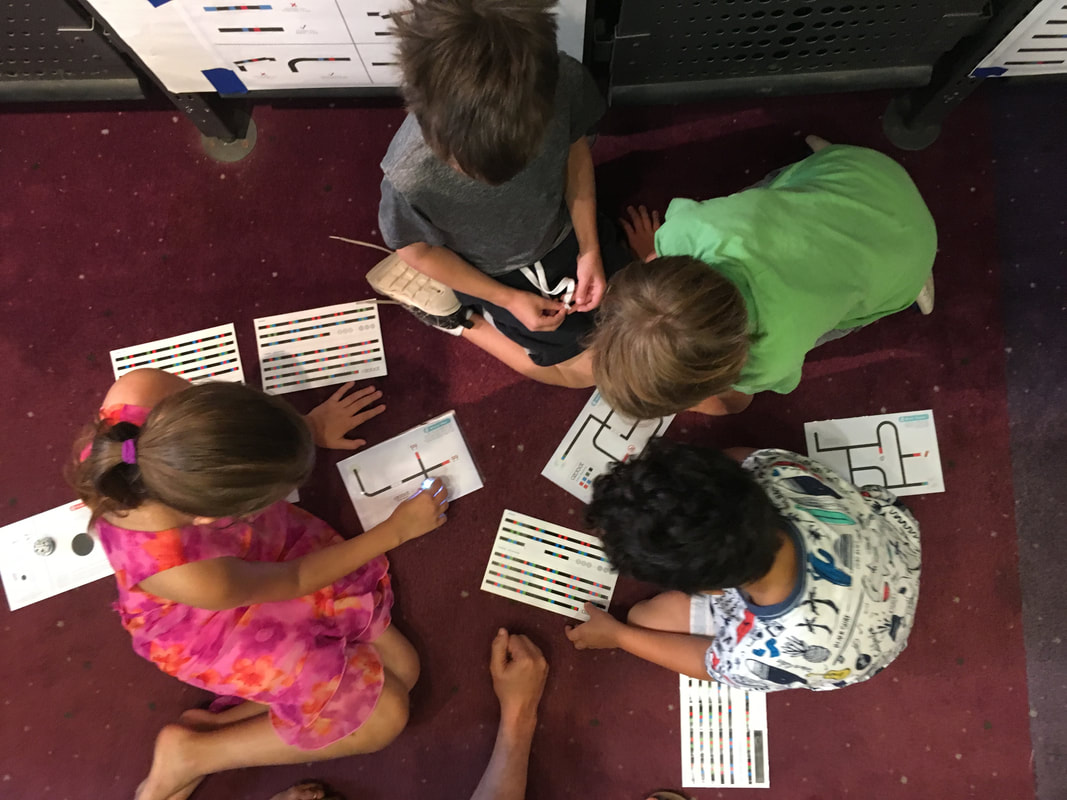
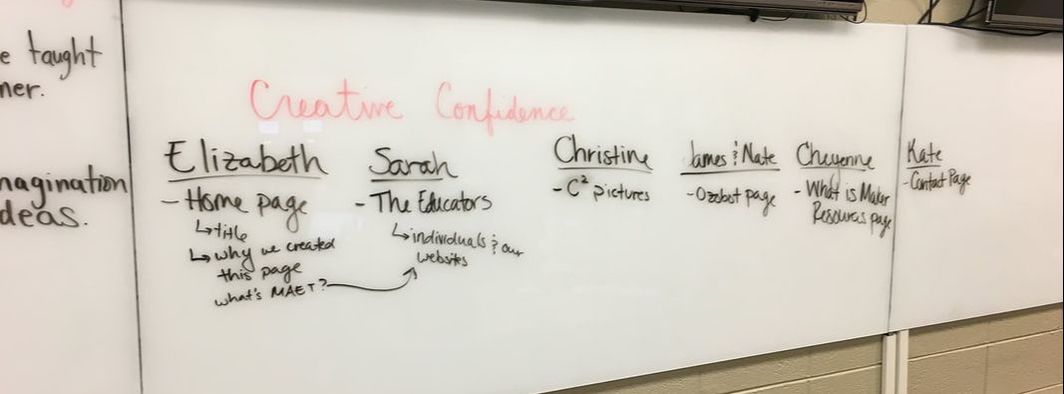
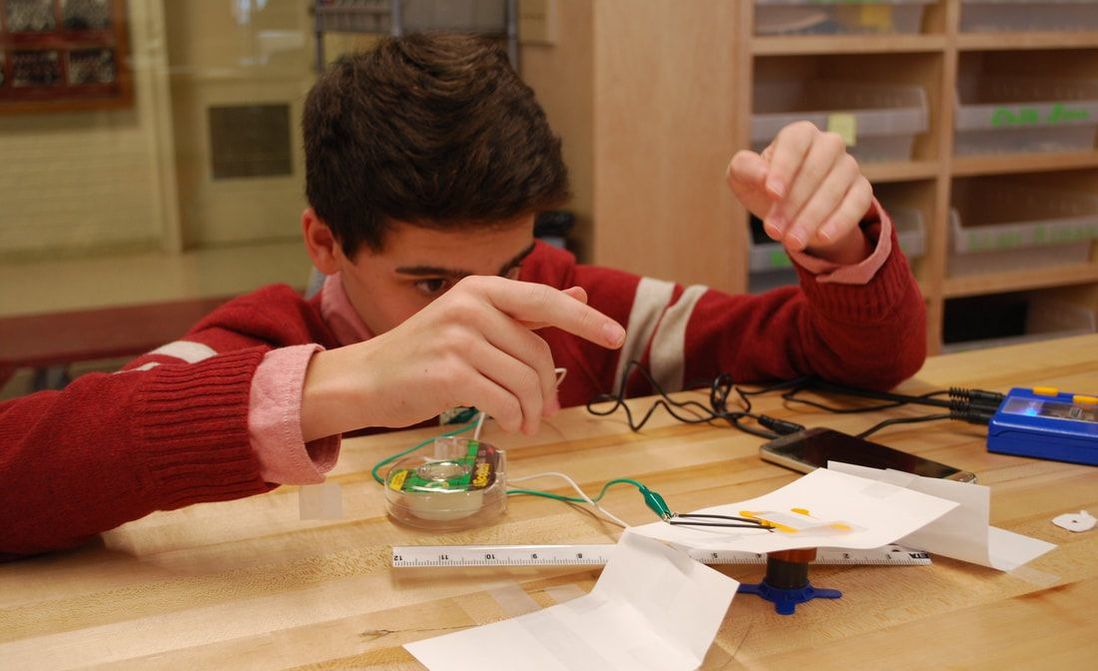
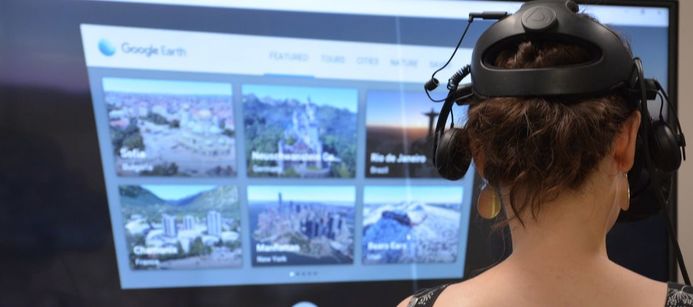
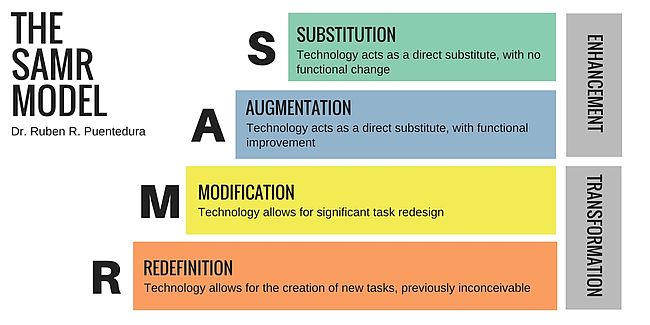
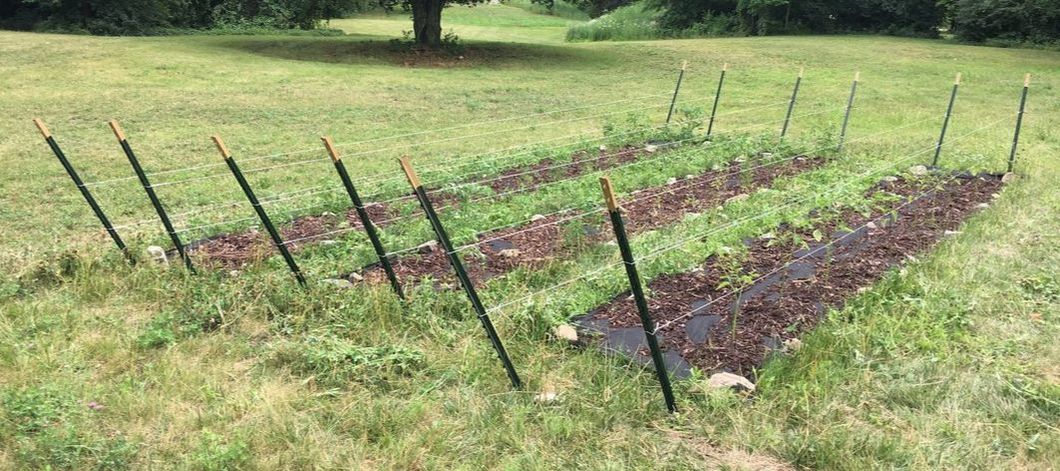
 RSS Feed
RSS Feed
